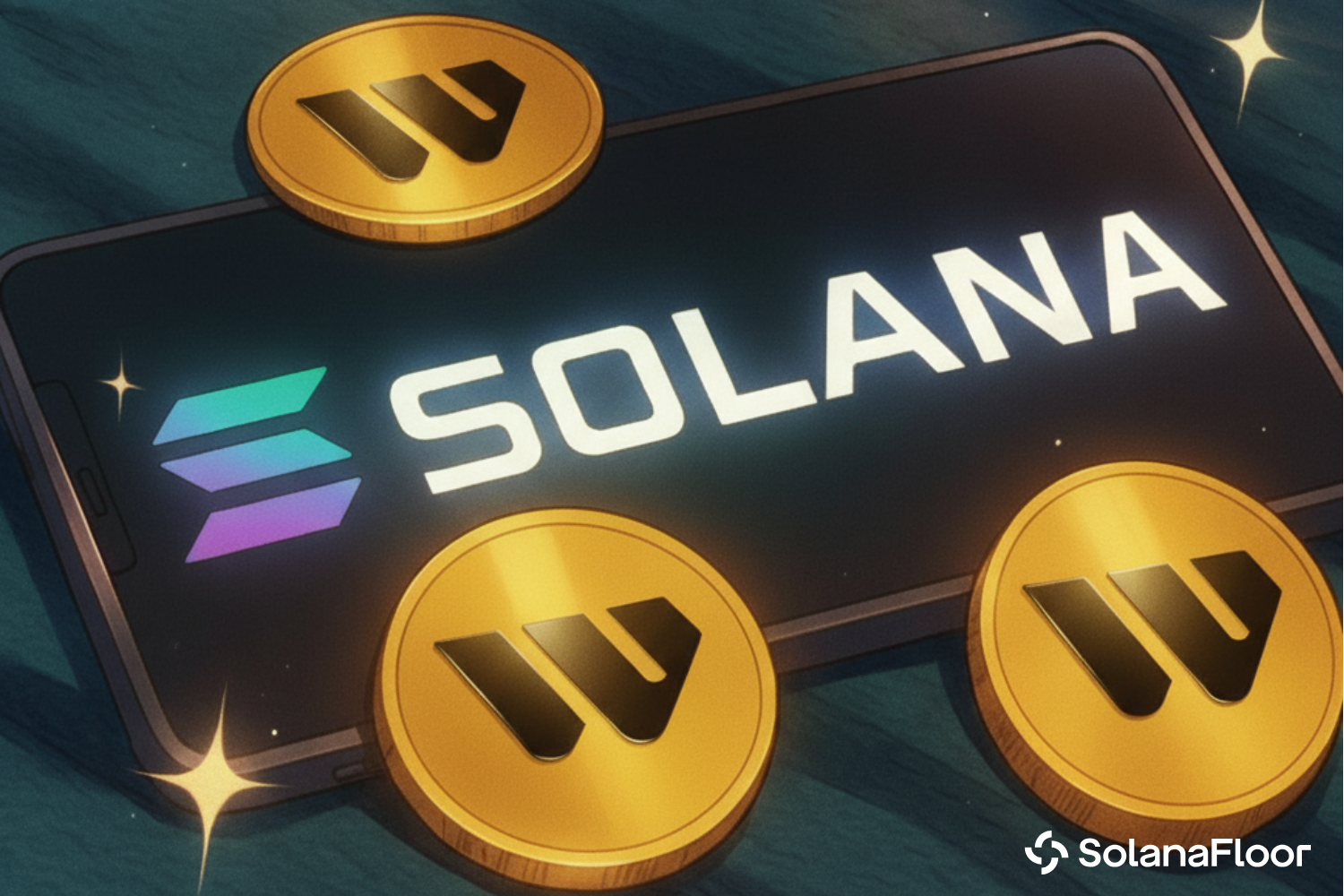
Western Union Picks Solana as “Right Choice” for $USDPT Stablecoin Launch After Evaluating Other Blockchains
175-year-old remittance leader joins the digital asset frontier with a Solana-based stablecoin and digital asset network.
- Published:
- Edited:
Western Union, the world’s largest money transfer company with over 100 million customers, is taking a historic step into the digital asset economy. The company has announced plans to launch its own stablecoin, the U.S. Dollar Payment Token ($USDPT), built on the Solana blockchain and issued by Anchorage Digital Bank. The move represents a significant evolution for Western Union, a company that began connecting people through telegraph lines in the 19th century and now aims to redefine how money moves in the digital age.
A New Chapter in Money Movement
Western Union revealed its stablecoin initiative alongside the launch of a Digital Asset Network designed to bridge traditional finance and blockchain-based systems. The company intends for $USDPT to expand how customers, agents, and partners move money, while also strengthening its treasury operations.
$USDPT will be backed by U.S. dollars and supported by Anchorage Digital, the only crypto company in the United States with a federal bank charter. Western Union plans to launch the token in the first half of 2026 and make it accessible through partner exchanges. According to the company, customers will be able to send, receive, spend, and hold $USDPT “through a seamless user experience supported by the company’s global compliance and risk capacities.”
Devin McGranahan, Western Union’s president and CEO, stated, “We are committed to leveraging emerging technologies to empower our customers and communities. As we evolve into the digital assets space, $USDPT will allow us to own the economics linked to stablecoins. Our Digital Asset Network will make it easier for people to access cash off-ramps for digital assets using our global footprint.”
The Solana Advantage
Western Union’s choice of the Solana blockchain reflects its focus on scale, efficiency, and cost-effectiveness. Solana’s high-speed, low-cost infrastructure has become a leading platform for stablecoin activity, with weekly transfer volumes reaching $546 billion and total stablecoin supply climbing to $17.48 billion in October 2025.
McGranahan explained during the Money20/20 conference, “For 175 years, we’ve been connecting people with technology, and we’ve been using that technology to move money. This is the next evolution: moving into digital assets and the ability to move money seamlessly, cost-effectively, and rapidly everywhere around the world using the infrastructure and scale we already have with modern blockchain technology.” He emphasized that for a company already transferring over $100 billion annually, partnering with Solana made sense because it is fast, efficient, stable, and secure.
Solana Foundation’s Head of Payments Engineering, Ilan Gitter, commented that Western Union’s integration will enable global on- and off-ramps, making access to stablecoins and the broader Solana ecosystem easier for both retail users and institutions.
Competing in a Changing Payments Landscape
Western Union’s entry into stablecoins follows similar moves by competitors. PayPal launched its Paxos-issued stablecoin in 2023 and integrated it into its remittance platform, Xoom. MoneyGram introduced a wallet app that allows users to receive and hold $USDC through partnerships with Circle and Stellar. Zepz, the global payments group behind WorldRemit and Sendwave, launched the Sendwave Wallet, powered by Solana and Circle’s $USDC, to enable stablecoin transfers across more than 100 countries. Meanwhile, Zelle recently announced plans to offer international payments using stablecoins.
Western Union’s global reach gives it a competitive edge in this expanding field. Its Digital Asset Network will allow not only Western Union customers but also users of partnered wallets to convert digital assets into local currencies through more than 400,000 retail locations worldwide. This approach blends the accessibility of physical cash networks with the efficiency of blockchain technology.
A Convergence of Legacy and Innovation
Anatoly Yakovenko, co-founder of Solana, described Western Union’s decision as a pragmatic evolution. He noted that stablecoins reduce operational costs that often burden traditional banking systems.
Western Union’s move signifies how legacy institutions are adapting to the decentralized economy. If successful, $USDPT and the Digital Asset Network could bridge the gap between fiat money and digital currencies, thereby improving the speed, cost, and accessibility of global remittances.
Read More on SolanaFloor
Helium Mobile Surpasses 500,000 Sign-ups as $HNT Buybacks Gain Momentum
Hylo Cracks $100M in TVL Weeks After Shrugging Off Black Friday Flash Crash
Why Did Solana Survive When Others Failed?



